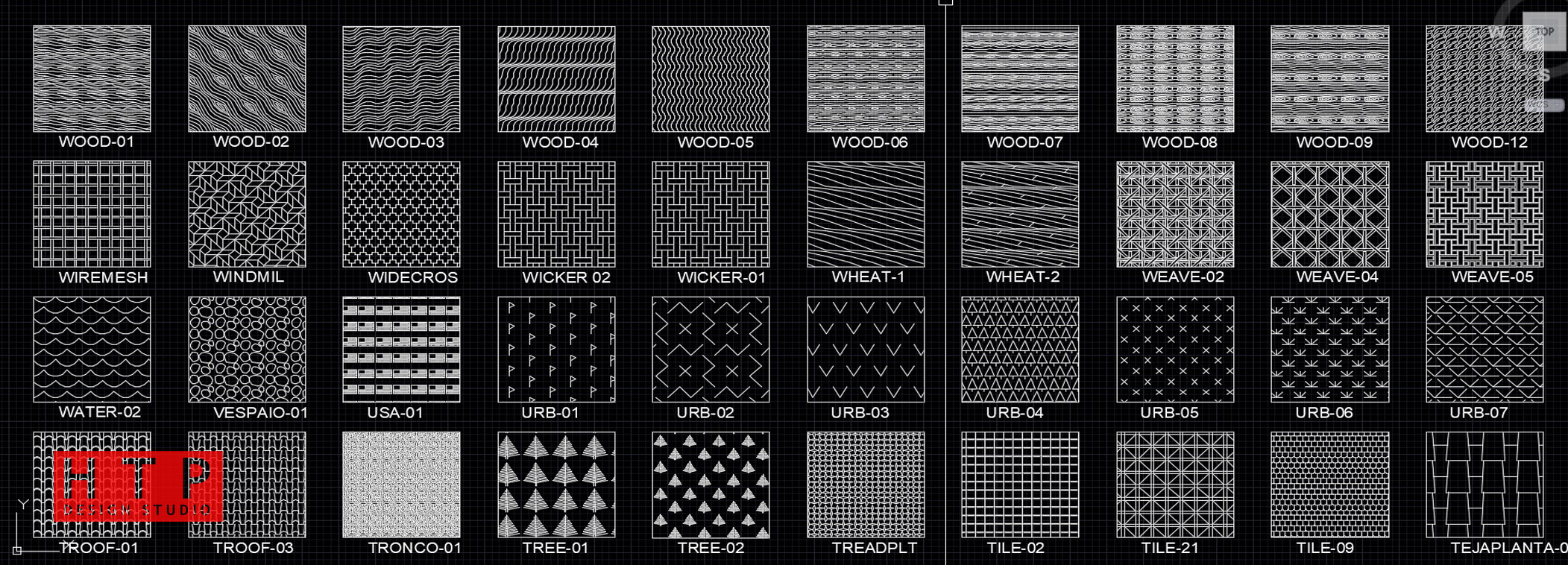
In these cases you will need to create objects to close the hatch area.

If there are too many gaps or the boundaries are too irregular, the hatch area may not be recognized or the hatch may be incorrect.

If the of the openings of an area are within the Gap Tolerance, the hatch will fill the area. You can close the rooms by drawing lines on the hatch layer to close the opening, or you can enter a Gap Tolerance. Expand the Properties panel of the Hatch Creation tab and change the layer to Hatch.īy default, you can only hatch closed areas, but in this drawing you need to hatch rooms with door openings. Start the Hatch command by pressing H Enter. Start the Layer Freeze (LAYFRZ) tool and click on any of the doors to freeze the A-Doors layer so that the doors will not interfere with the hatches. In this exercise, you will learn how to use the Hatch command to apply basic flooring patterns to rooms. During the course, you will get access to the accompanying class files, live instructor demonstrations, and hands-on instruction. Note: These materials are provided to give prospective students a sense of how we structure our class exercises and supplementary materials. This allows you to use these hatch settings at any time without having to reenter the same options. Once you have created a hatch with specific settings, you can save them in a Tool Pallet.You can select the Set Origin button and click on the endpoint at the lower left corner of the room. The Hatch Editor allows you to reposition the hatch, ensuring that the pattern better matches the area.This makes it easier to use small hatch patterns on large objects, like architectural structures.

When applying a hatch in a scaled viewport on a layout, you can automatically scale the hatch in proportion to the paper size of the layout.For instance, changing the scale to 20 can make a cross section hatch pattern visible, simulating a hardwood floor. You can adjust the scale and angle of your hatch pattern in the Properties panel of the Hatch Creation tab.



 0 kommentar(er)
0 kommentar(er)
